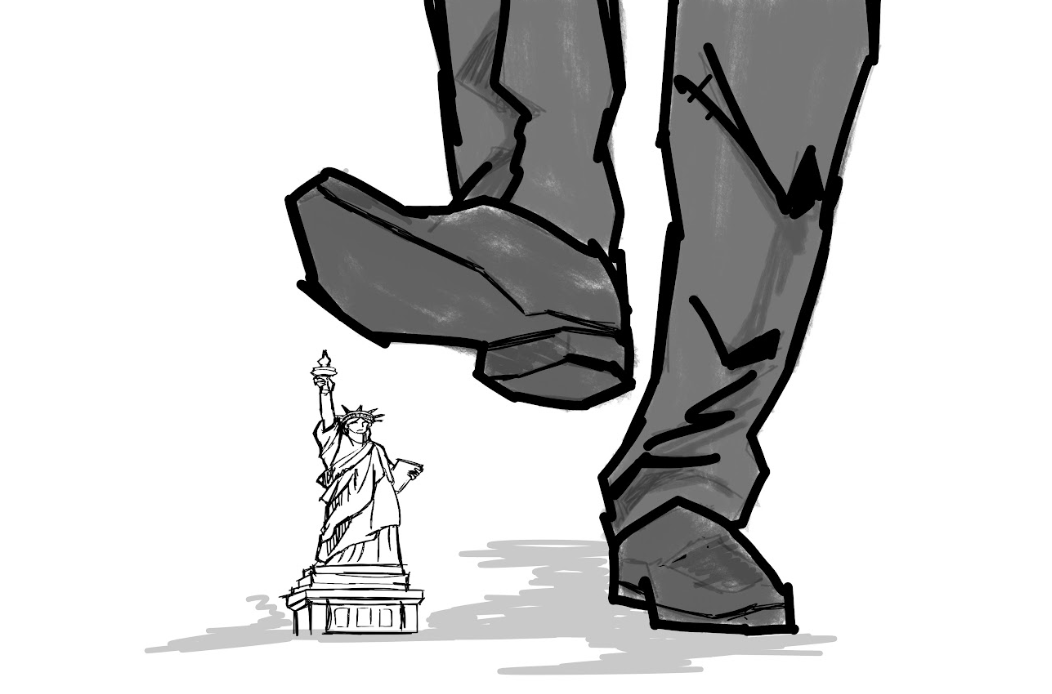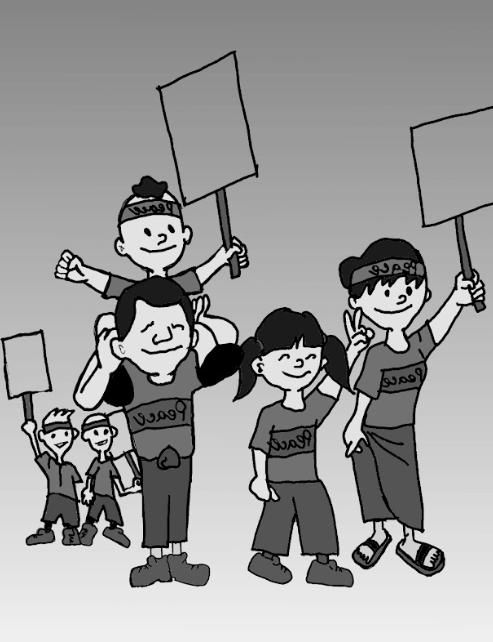Each year, 2.5 million people visit the landmark where – according to its website and reiterated by Texas history teachers across the state’s schools – “men made the ultimate sacrifice for freedom” making the site “hallowed ground and the Shrine of Texas Liberty.”
The National Historical Landmark, located in the heart of downtown San Antonio, is a symbol of Texas’ independent, self-reliant and rugged spirit.
Texan students are taught that our state was forged out of a heroic struggle, waged by defenders of the Alamo against the cruel and oppressive Mexican dictator, Santa Ana.
As the Alamo’s defenders prepared to sacrifice their lives, another group of Texans were at a constitutional convention; here, they stated their objectives and dreams for the new republic they hoped to create.
Section 9 of the General Provisions of the Constitution of Texas addresses the greatest qualm fighters for the Texas Revolution had living under Mexican rule.
It stated: “All persons of color who were slaves for life previous to their emigration to Texas, and who are now held in bondage, shall remain in the like state of servitude … Congress shall pass no laws to prohibit emigrants from bringing their slaves into the republic with them, and holding them by the same tenure by which such slaves were held in the United States; nor shall congress have power to emancipate slaves.”
Mexico abolished slavery in 1829,and, as the demand for cotton soared, the legality of slavery was volatile. This panicked slaveowners in the Lone Star state.
A central goal of the Texas Revolution was to remove that uncertainty. Mexican armies fighting against the rebellion were given explicit orders to free any slaves that they encountered.
In fact, the only person spared at the Battle of the Alamo was Joe, the personal slave of William B. Travis.
After Texas gained independence from Mexico and established itself as its own republic, the state’s slave population doubled between 1836-1840.
Texas high schoolers and even college students are taught the myth that the Battle of the Alamo was one for freedom.
The opposite is true; the Alamo (and the Texas Revolution) was fought to uphold and protect slavery.
Students aren’t taught the truth about the origins of our state (and nation).
Instead of facts, we hear epic myths, and instead of history, we learn nationalism. Why do textbook publishers, school board members and professors choose to gloss over atrocities, choosing instead to romanticize a “battle for freedom.”
The truth hurts, but if we cannot be honest with ourselves about the reality of our history and origins, we risk repeating mistakes of the past.
As recent as 2015, a textbook taught in Texas’ Social Studies classes to 9th graders described slaves as “workers.” The book, published by McGraw Hill, stated “The Atlantic Slave Trade between the 1500s and 1800s brought millions of workers from Africa to the southern United States to work on agricultural plantations.”
Who benefits from misleading statements like these? No one.
The self-congratulatory nature of Texas and U.S. history classes creates a less educated and less empathetic student body.
German students are required to visit a concentration camp in order to graduate.
The idea is that when students face the crimes against humanity that their country committed, they’ll have a greater appreciation for equality and dignity and will be less likely to repeat the same horrors.
A certain presidential candidate has coined the slogan and promised to “Make America Great Again.” But exactly when was America great and for whom? Black Americans who were denied equal treatment under Jim Crow? Women denied property rights and suffrage? LGBTQ Americans unable to marry who they love simply because of their sex or gender?
This country was not always great for Americans who weren’t straight, white, landowning men, but it’s getting better. We’ve made impressive strides toward equality, progress and human rights.
Educators should tell the truth about the past to commit to a better future, one that we can be proud of.
So, remember the Alamo but for what it really was: a battle for slavery, not freedom.
Students can handle the truth and will be better for it.








